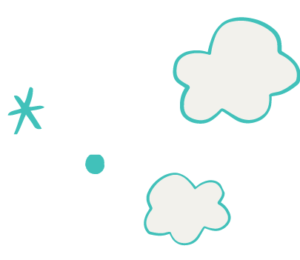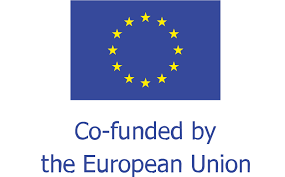Instructions
- Give one sheet of standard-sized paper (A4) to each participant.
- Tell your participants that you will be giving them step-by-step instructions on how to fold their piece of paper into an origami shape.
- Inform your participants that they must keep their eyes and mouths closed as they follow instructions; they are not allowed to look at the paper or ask any clarifying questions.
- Give the group your instructions on how to fold the paper into the origami shape of your choice.
- Once the instructions have all been given, have everyone open their eyes and compare their shape with the intended shape. You will likely find that each shape is a little bit different! To hit the point home, refer to these discussion points and questions:
- Make the point that each paper looks different even though you have given the same instructions to everybody. What does this mean?
- Ask the group if you think the results would have been better if they kept their eyes open or were allowed to ask questions.
- Communicating clearly is not easy, we all interpret the information we get differently that’s why it’s very important to ask questions and confirm understanding to ensure the communicated message is not distorted.
Collecting and sharing student results
Completed Origami, observation, discussion and worksheet on effective communication
Instructions
- Give one sheet of standard-sized paper (A4) to each participant.
- Tell your participants that you will be giving them step-by-step instructions on how to fold their piece of paper into an origami shape.
- Inform your participants that they must keep their eyes and mouths closed as they follow instructions; they are not allowed to look at the paper or ask any clarifying questions.
- Give the group your instructions on how to fold the paper into the origami shape of your choice.
- Once the instructions have all been given, have everyone open their eyes and compare their shape with the intended shape. You will likely find that each shape is a little bit different! To hit the point home, refer to these discussion points and questions:
- Make the point that each paper looks different even though you have given the same instructions to everybody. What does this mean?
- Ask the group if you think the results would have been better if they kept their eyes open or were allowed to ask questions.
- Communicating clearly is not easy, we all interpret the information we get differently that’s why it’s very important to ask questions and confirm understanding to ensure the communicated message is not distorted.
Collecting and sharing student results
Completed Origami, observation, discussion and worksheet on effective communication
Assessment Methods
- Observation
- Reflection
Resources needed
- A4 Paper


 5-20 Minutes
5-20 Minutes









